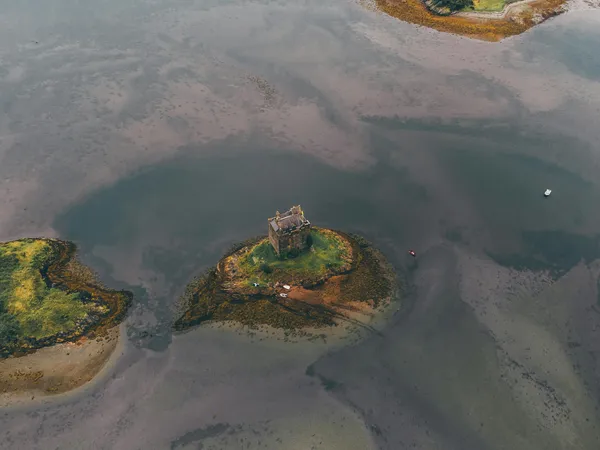Can I fly a drone on the NC500?
Information on flying drones in Scotland
It’s your responsibility to research and follow all drone laws before flying.
Regulations change frequently and what’s allowed in one location might be restricted or completely banned in another, especially in national nature reserves or near airports. Please do your own up-to-date research and always fly responsibly, safely and with full respect for local wildlife and communities.
Drone registration is legally required in the UK
If your drone weighs more than 250g and has a camera, you must register with the UK Civil Aviation Authority (CAA).
You’ll need both an Operator ID (for the owner) and a Flyer ID (for the pilot).
Check restrictions on where you can fly
Many nature reserves, national parks, and Sites of Special Scientific Interest (SSSIs) prohibit drone use. It is your responsibility to check which areas it's permitted to fly a drone and which areas it's not.
Places like Sandwood Bay, Handa Island and various cliffs are often protected zones.
Do not fly near people, buildings and roads
You must stay at least 50m away from people and property unless you have permission.
Never fly over crowds, villages, or near traffic.
Be aware of wildlife disturbance laws
Drones can disrupt nesting birds, deer, seals and other species.
It’s illegal to disturb wildlife under Scottish and UK law, so keep your distance. Private property may have its own rules.
Sites like Dunrobin Castle and other popular attractions often have “no drone” policies. Always check signage or ask.
Use a drone flight planning app
Apps like Drone Assist show no-fly zones, restricted airspace and local rules.
Best practice: fly early, fly respectfully
Morning light is beautiful, wind is calmer, and there are fewer people around.
Want to see more?
I have created curated maps, itineraries and more for travellers that want to travel like me.
Looking for things to do?
Go check out my guide for the best free things to do as well as itineraries and travel tips to make your trip unforgettable.


